The Functional assesment
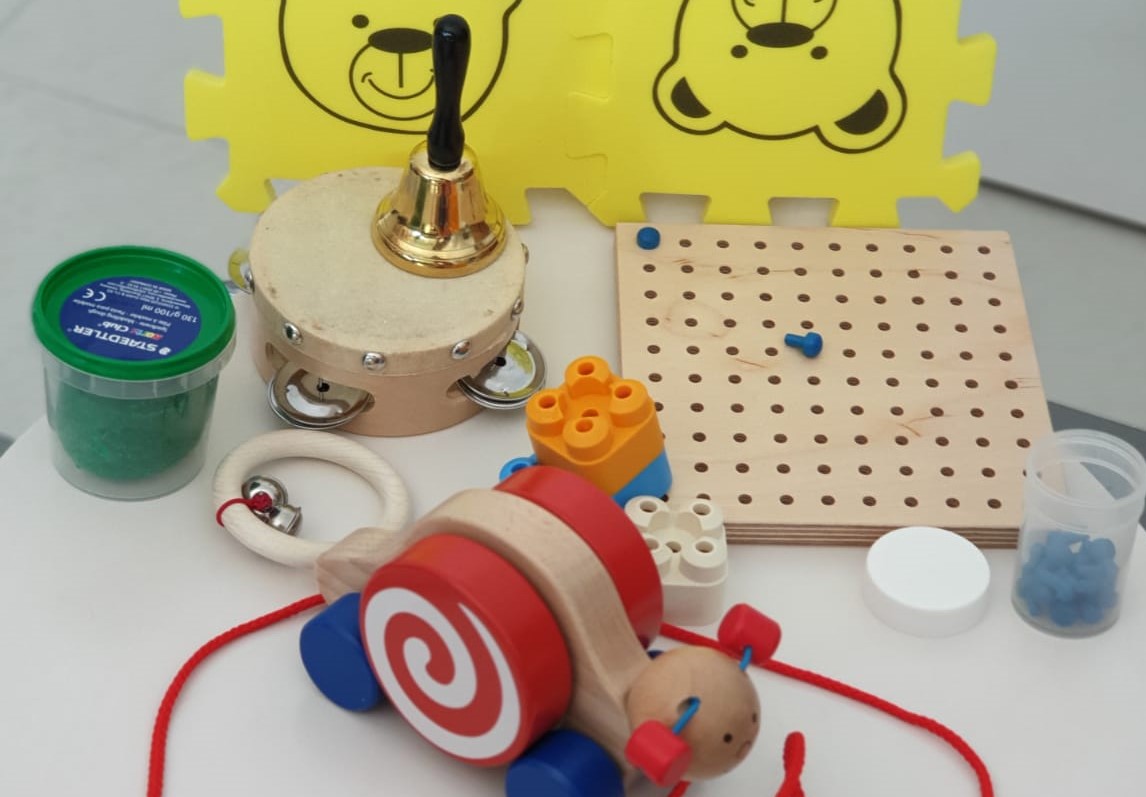
The global functional assessment is needed just to take stock of the situation and
answers to questions: is everything allright ? Could we do something else for our
child ? Should we contact a specialist ? Should we register him for kindergarten ?
In short, it tells us what stage that particular child has achieved, considering his age,
about every area concerning the cognition and psychomotor development.
To do so, we refer to a last generation development scale: Griffiths III
The great journey of neurons

A very interesting phenomenon of the very first cerebral development is the neuronal migration’s process. What germinative matrix is and what external granulation layer is? why an hemorrhage can happen?
Stimulate to grow
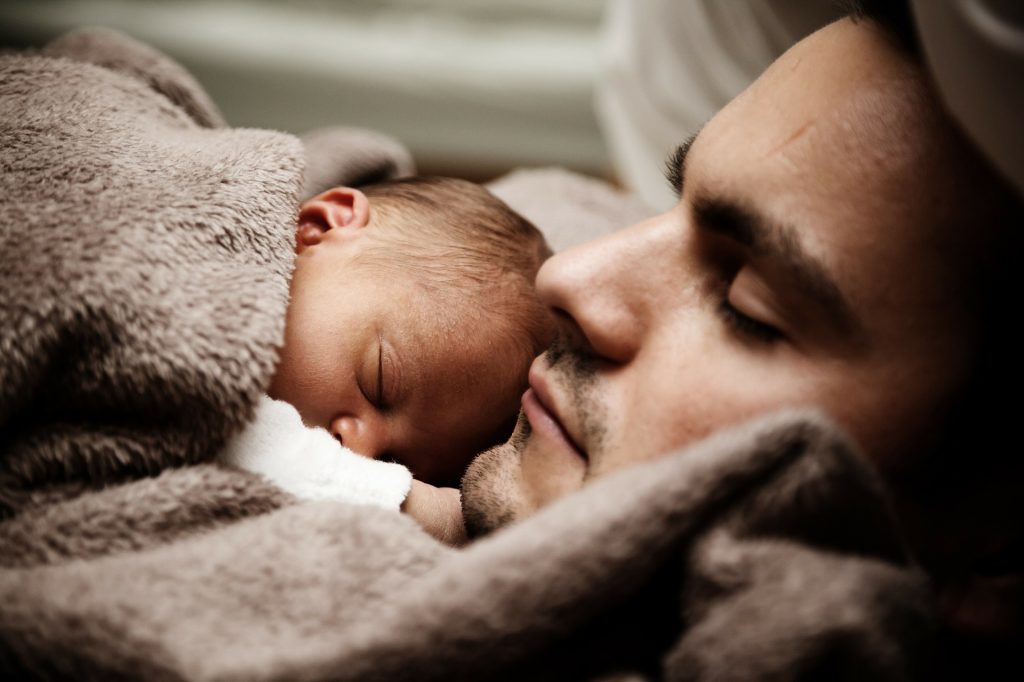
The hospitalization in Neonatal Intensive Care could include not very adequate sensory stimuli. These
sensory experiences interact with the newborn’s would-be typical psychomotor development.
Consequences could be suffered, moreover, by the process of “connectivity”, indeed all those connections
between neurons which allow brain’s functions.
From that comes the necessity to intervene already during hospital period to give a positive sensory
stimulation, like the Kangaroo Care ( newborn is put over mother’s belly, with head on the breast, just to
help breast-feeding, sensory inputs of multiple nature and the bond between child and parent ), the
Handling ( holding the little preterm baby in hands ) the Piomi method (a series of oral and perioral
sensorimotor stimulations which aim to optimize the feeding of the newborn ); all these positive inputs also
reduce negative ones’ range and effects.
With these concepts in mind it is possible to aim to a NIC’s continuous innovation supporting newborn’s
psychomotor development in short and in long term.
Infantile Cerebral Palsy (ICP), from Dr. Little to today
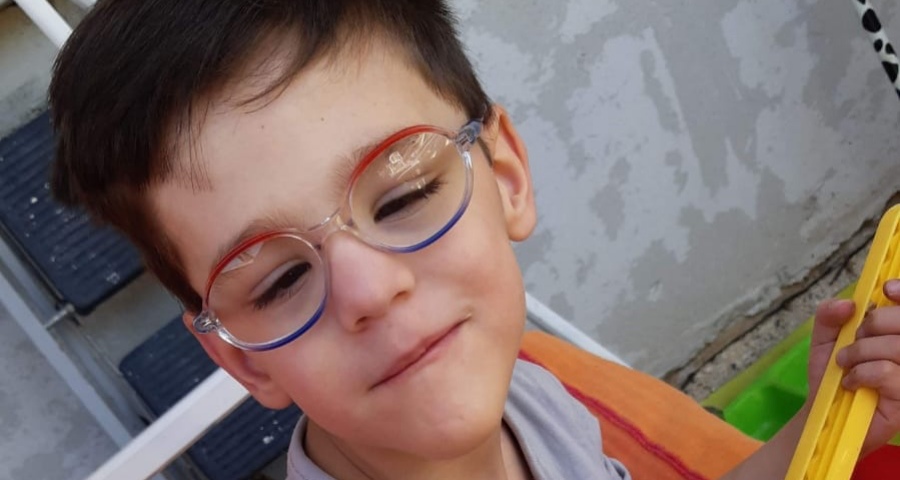
Infantile cerebral palsy, definition, who is affected, how frequent is it, how does it present itself, how to treat it
FOCUS ON: The Cerebellum
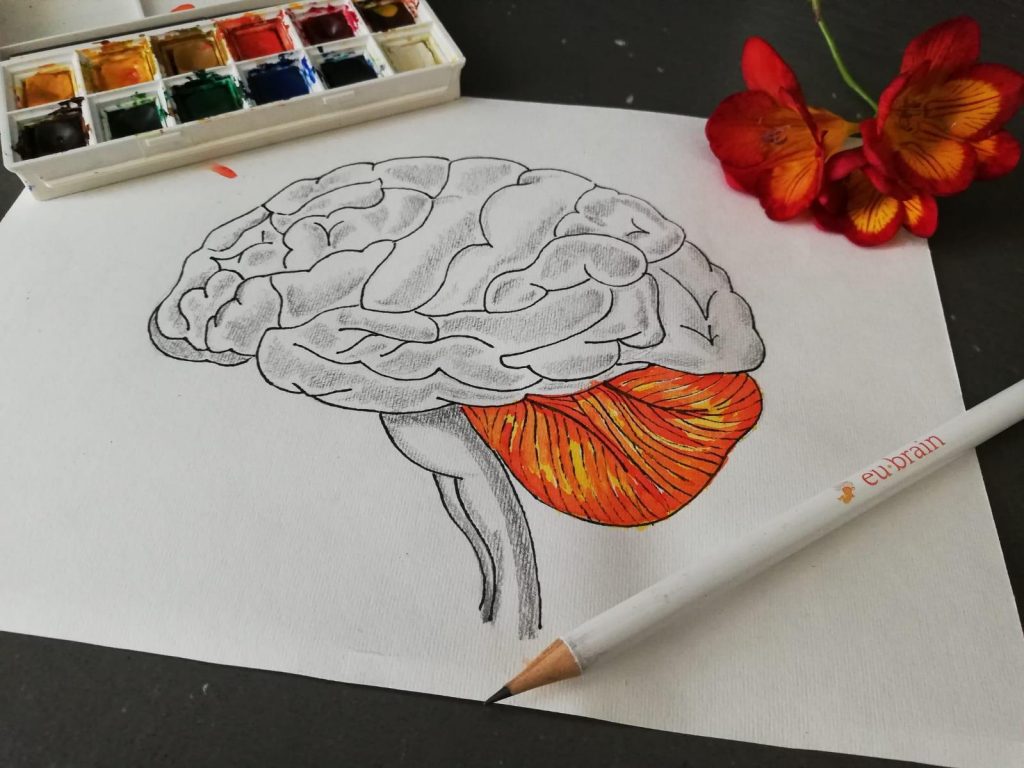
Il cervelletto, il grande controllore, che corregge i movimenti initinere e ci premette di procedere passo passo senza perdere l’equilibrio.
I principali problemi che si riscontrano quando il cervelletto è danneggiato sono l’Ipotonia cerebellare; L’asinergia cerebellare; la dismetria cerebellare; l’adiadococinesia; la discronometria e il tremore intenzionale.
Oxidative Stress
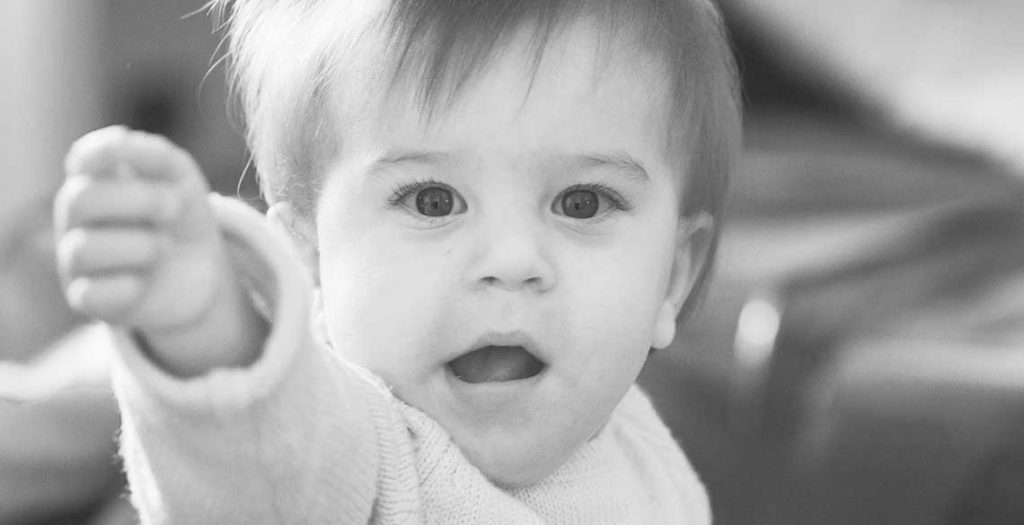
Here below the summary of a study you can find here in its full version. Premature babies’ brain is highly vulnerable, and safeguarding it at best is one of modern medicine’s goals. It could appear odd, but even simple exposure to oxygen-rich air, if done too early, could be dangerous. Inside the womb we were […]
Post hemorragic hydrocephalus
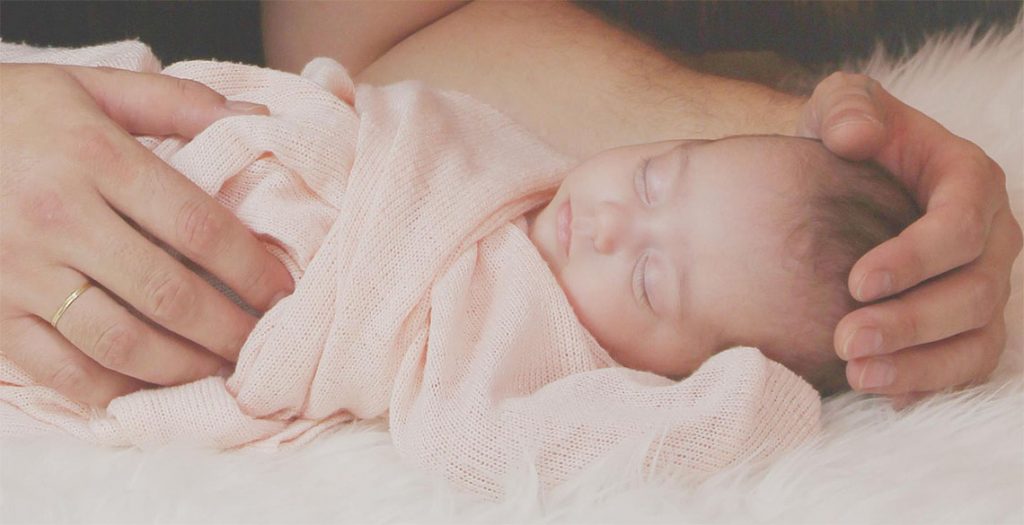
The word Hydrocephalus derives from the Greek “idrokefalon” which can be translated as (disease of) “liquid in the head”. The first to use this term was precisely the most famous doctor of Ancient Greece, “Hippocrates”, but it took many centuries and many other scholars to actually understand how the liquid accumulates, seeming to dramatically increase […]
The intelligence of the preterm-new born
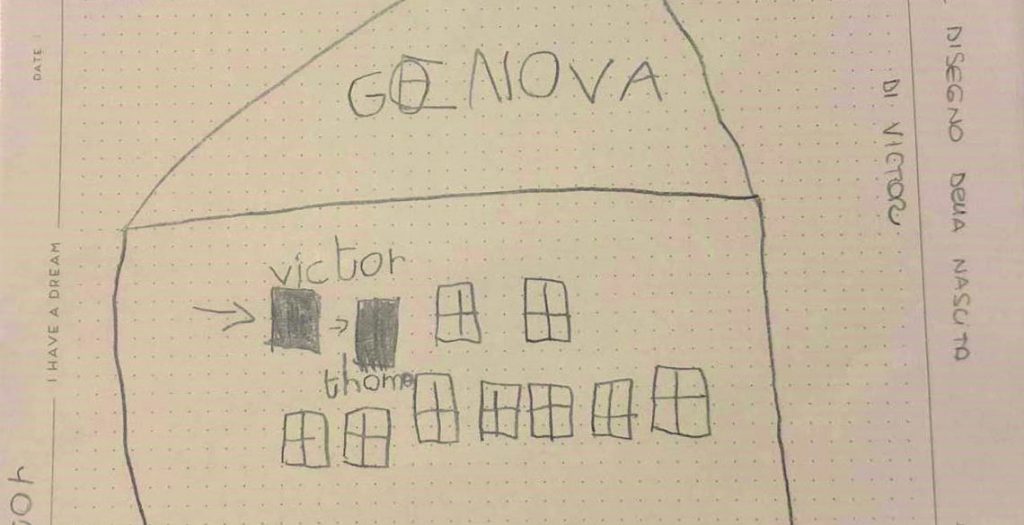
What is intelligence? How does learning work? What if a child is born before time? What are the risks and consequences of a brain injury? For a long time, scientific research has been searching for answers to these questions. There is no single answer: there is not yet, nor will there be, a single explanation […]
BraYn Conference: Eu-Brain Award to Marina Boido
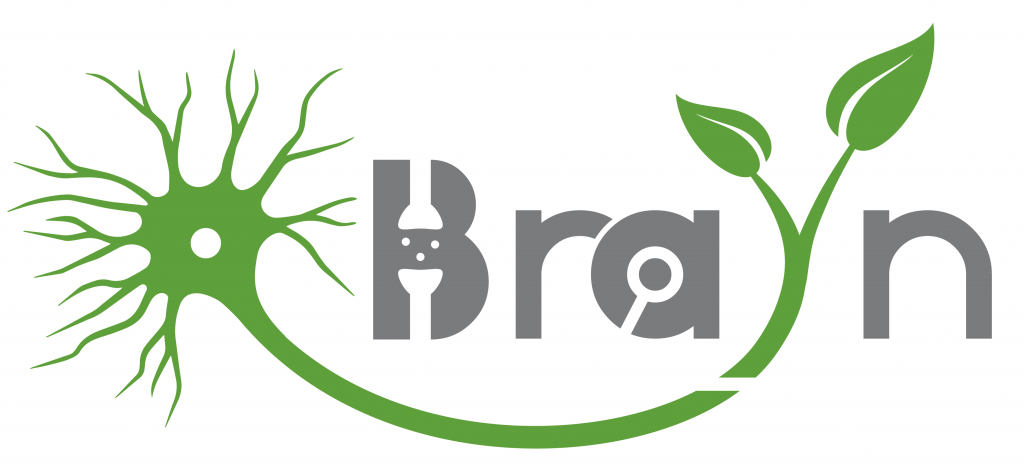
During BraYn (Brainstorming Research Assembly for Young Neuroscientists), the first meeting of young neuroscientists held this year in Genoa, Eu-Brain offered € 1,000 to reward the best research on neurological issues; among the prizes, Eu-Brain assigned a special award to the best study on perinatal neurology. BraYn’s scientific committee awarded the special prize to Dr. […]
Early pain experiences and neonatal cerebral connectivity – SIMP Congress
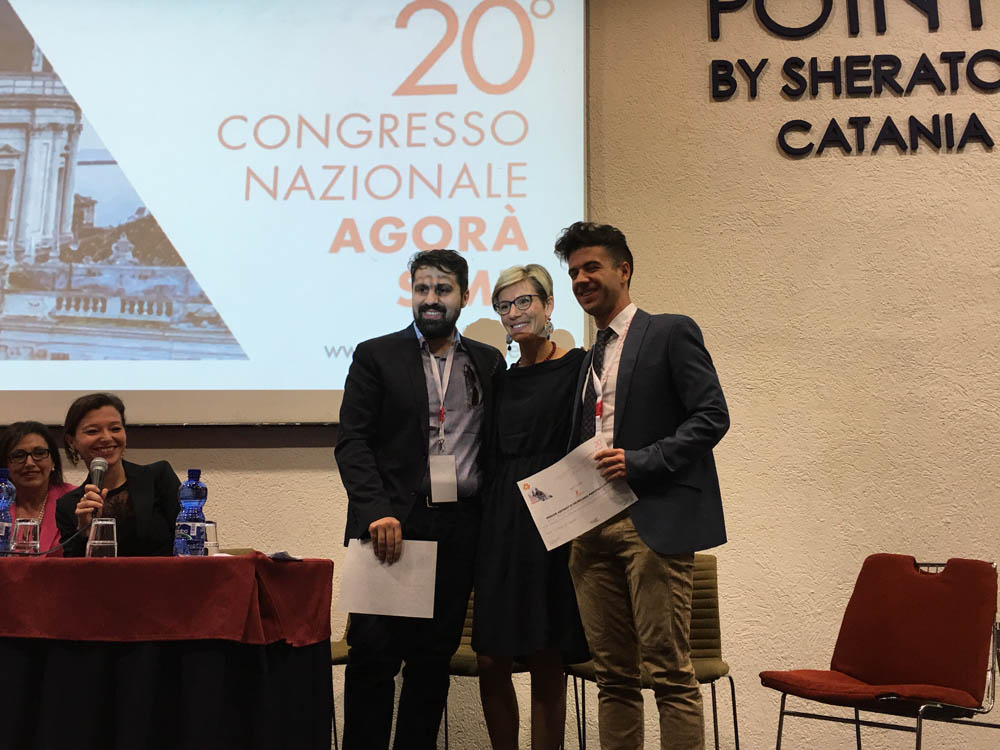
Eu-Brain, at the SIMP congress that was held in Catania in March 2018, awarded the best two scientific contributes on perinatal and neonatal neurology. Here is a summary of one of these interesting studies. Infants life in the Neonatal Intensive Care Units (NICUs), due to their frail condition, are subject to numerous invasive procedures, which, […]
Silvia M.
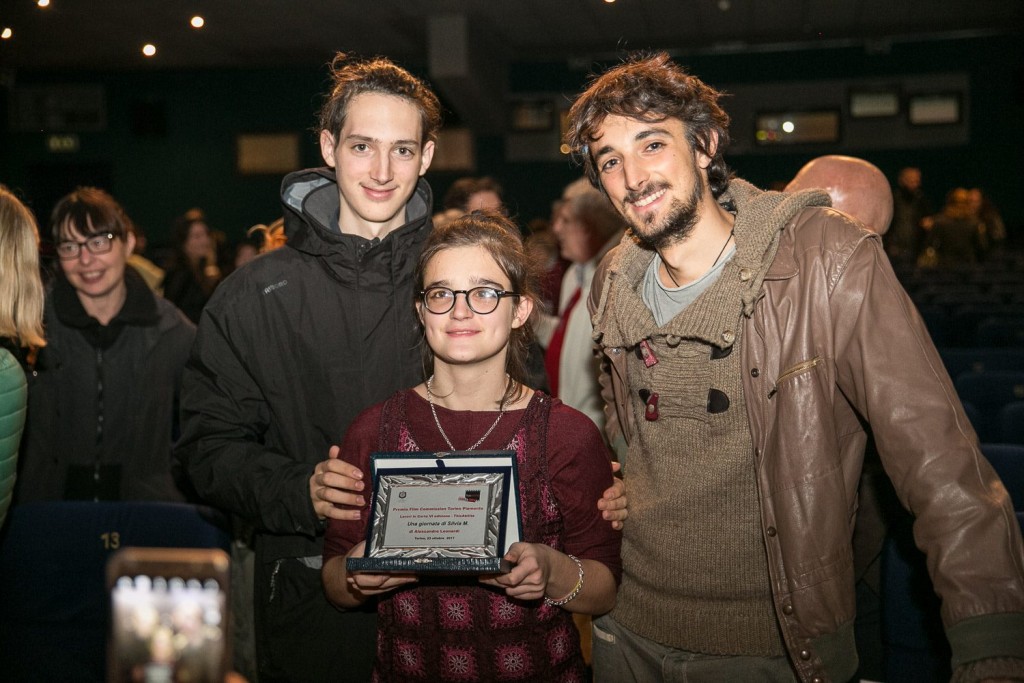
This is the initial story of Silvia born many years ago at Mangiagalli Hospital in Milan and suffering a very rare and severe condition. Silvia had an intracerebral bleed in the posterior fossa (where the cerebellum is located) although she presented an uneventful and normal birth process. Due to her tremors and irritability following the […]
The PIOMI stimulation: first experiences
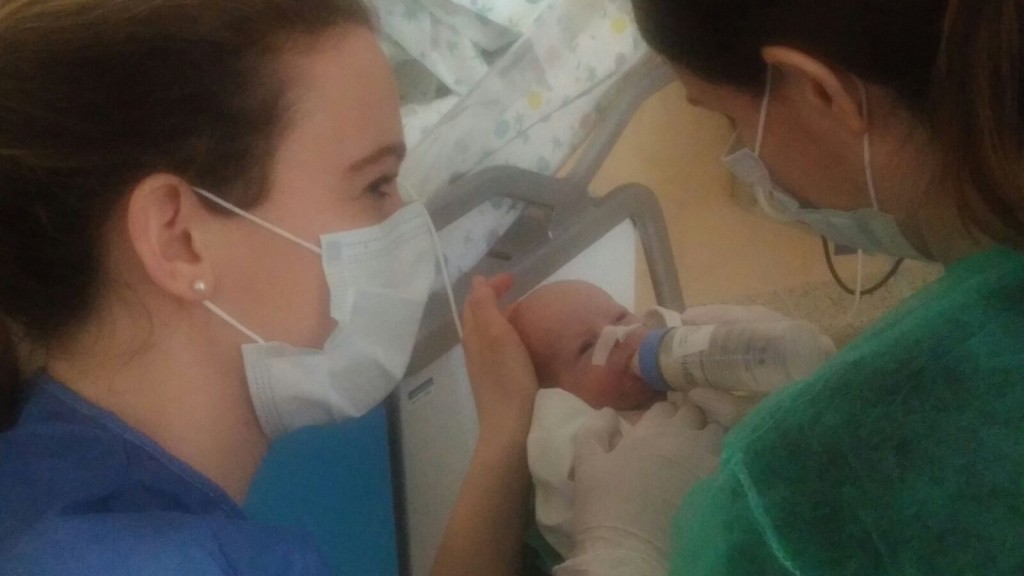
It’s almost a year that the research on the PIOMI stimulation goes on, and the first sensations are encouraging and exciting! Babies, who took part at the study, accepted the stimulation without showing signs of stress or instability. They reacted very positively with increasingly strong and mature responses as the days went by and the […]
Baby’s brain and speech therapy: the PIOMI
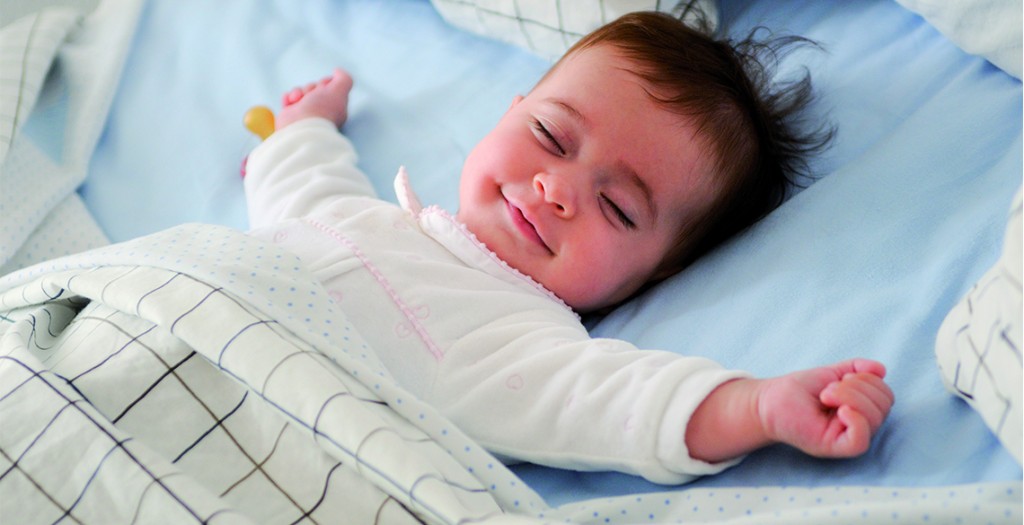
Oral and perioral sensorimotor stimulation to optimize feeding in preterm infants: parent and health professionals role in neonatal intensive care unit Pre-term infants, due to their neurological, respiratory and oral-gastrointestinal immaturity, are often unable to be effectively fed by mouth. This difficulty manifests itself with underdeveloped and exhaustible sucking, immature swallowing, poor coordination of sucking-swallowing-breathing, […]
Tommi
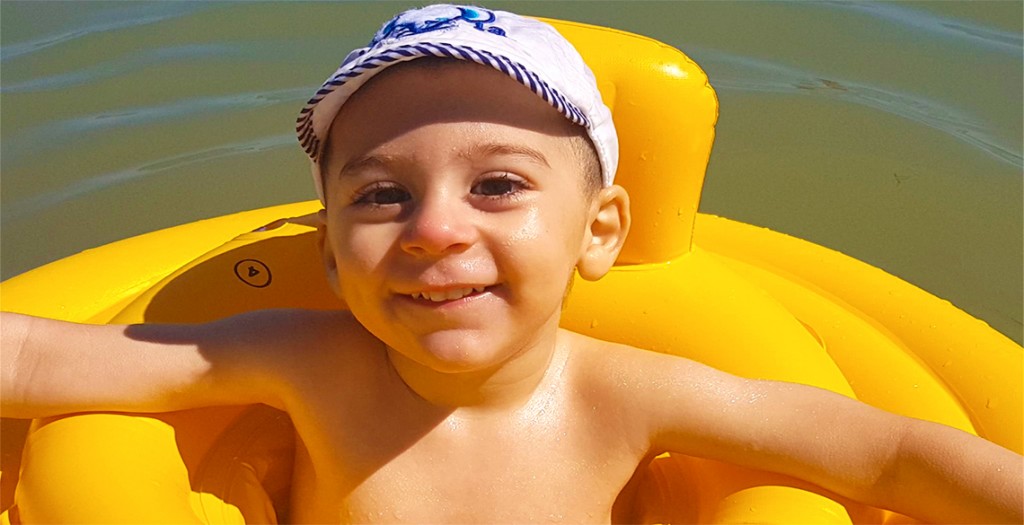
My name is Francesco and I am the father of Tommaso, a lively boy who is always ready to crack up. Tommi (spelt with “i” ) is two years old and suffers from a bad disease that has broken my legs and my heart: cerebellar ataxia and thinning of the optic nerve. In short, he suffers a serious […]
Intraventricular hemorrhage
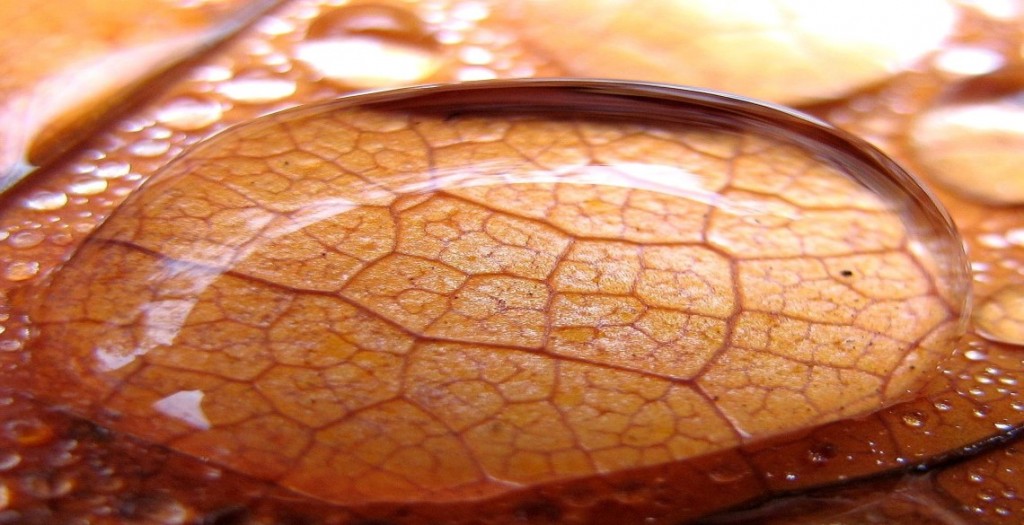
The intraventricular hemorrhage in preterm newborns usually occurs in the germinal matrix underneath the ependyma – the membrane of the ventricle. From there the blood enters the lateral cerebral ventricles (ventricular system, which contains cerebrospinal fluid (CSF) – clear liquid as pure as spring water, is made of two lateral ventricles, the third and the […]
Non-nutritive suction (NNS) and Special dummies
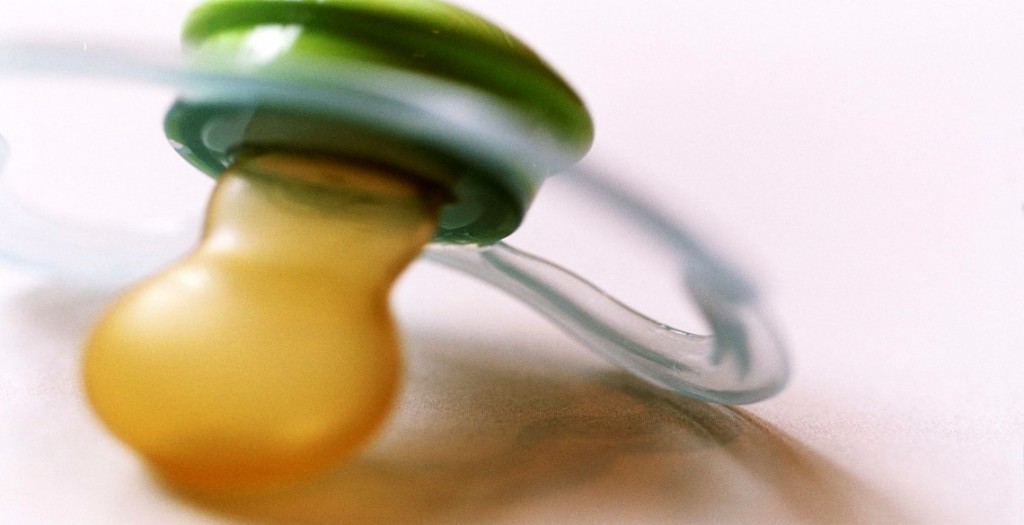
Non-nutritive suction (NNS) is a reflexive oro-motor behavior that follows a specific developmental trajectory: from the early fetal period of 16-18 weeks of gestational age through the first year of life. NNS follows a stable pattern of alternating burst and short pause periods. Each suction consists of two phases: suction and expression (the first is […]
Periventricular leukomalacia (PVL)
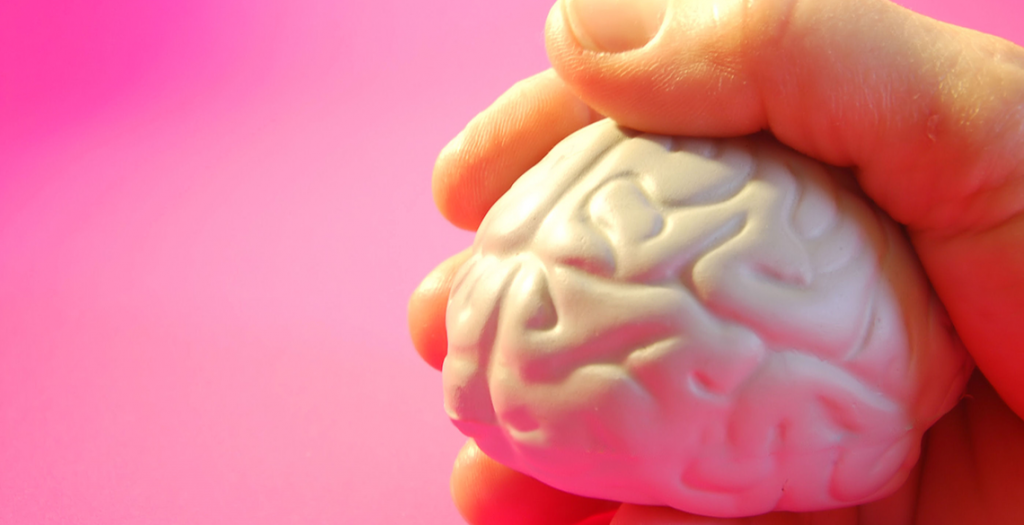
“Periventricular leukomalacia” (PVL) which literally means, “softening of the white matter around the ventricles”, is a typical type of brain injury encountered in preterm newborns. The name of the disease comes from the 1962 work by Banker and Larroche – two very respectable anatomopathologists, expert in perinatal neurology. PVL is characterized by the more or […]
Prematurity: interrupted brains
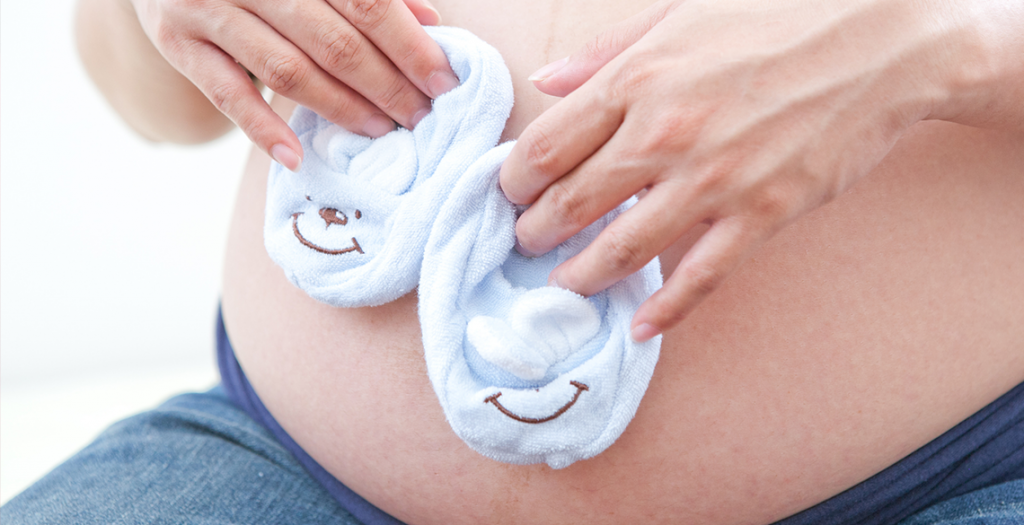
Thanks to the medical advances premature infants are increasingly able to survive. With every day neuroscientists are developing the increasingly sophisticated picture of premature infants’ brains that could help to inform medical decisions and treatments. Some long-term studies show that premature children face a higher than previously thought risk of developing cognitive or behavioral problems. […]
Beatrice

“Madam, can you come here for one moment?” It is the evening in the end of September and I am still in the hospital. Only three days have passed since I had a C-section. My husband is not here with me. I am still confused and too many thoughts are flooding my mind. I have […]
Anna
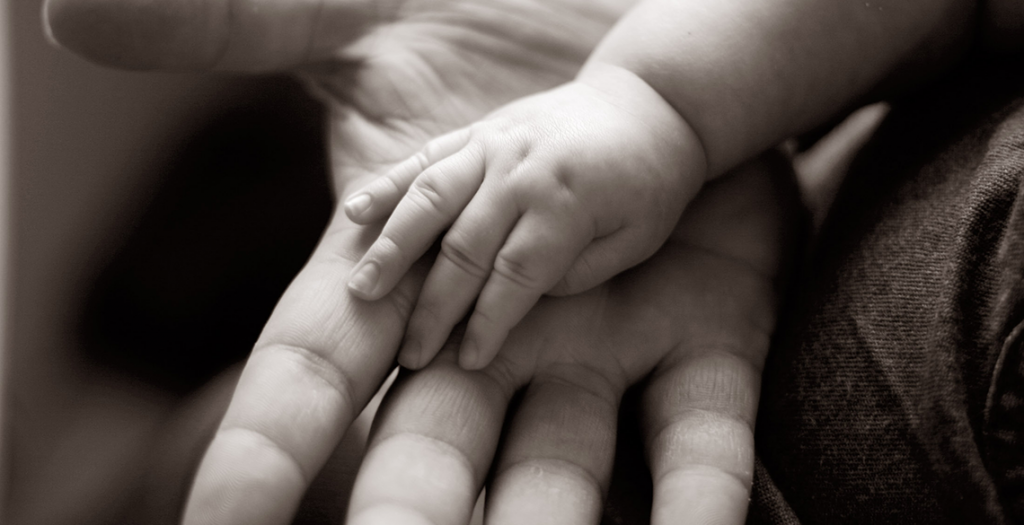
After a perfect first pregnancy we thought that nothing can go wrong with having children. Then, there was a miscarriage. We mourned, recovered, and tried again. Everything was going well. We were getting peace of mind. January 15th, 2016 was the day our life changed: the 34-week routine ultrasound revealed that our daughter’s brain ventricles […]
